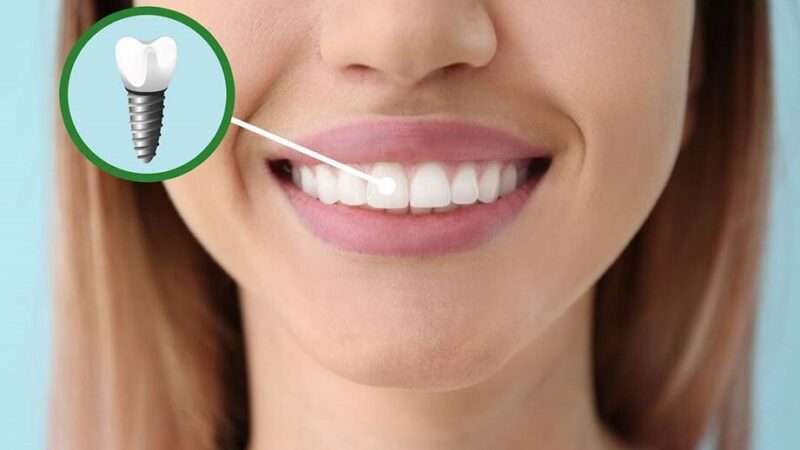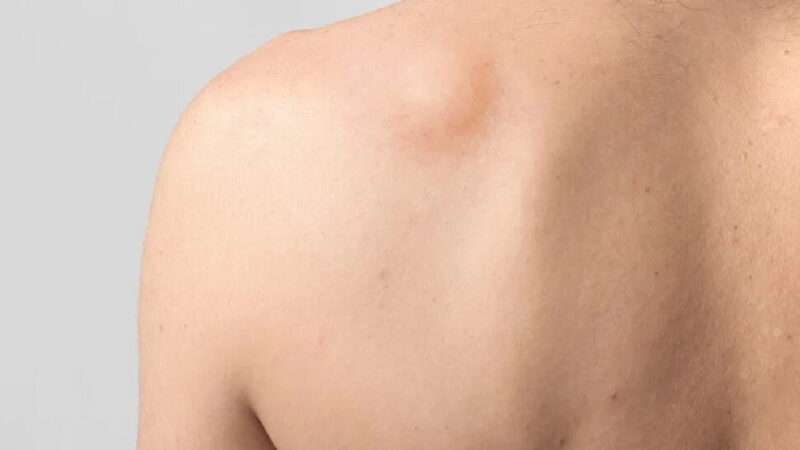Hair System Science: Secure and Undetectable Techniques
Millions of people throughout the world struggle with hair loss, which is a widespread problem. Losing hair, whether brought on by a genetic predisposition, hormonal changes, illnesses, or stress, may significantly affect one’s confidence and self-image. Thankfully, there have been significant advancements made in the field of hair restoration, and hair systems are now an effective option for anyone searching for a natural-appearing alternative to deal with hair loss. This article explores the sophisticated science that underlies hair systems and looks at the tools and methods that help ensure their secure affixing and unnoticeable appearance.
What Are Hair Systems
Hair systems, also known as hairpieces or toupees, are made to mimic the look of real hair and cover places where there has been hair loss. Hair systems, as opposed to conventional wigs, are painstakingly made to match the wearer’s hair color, texture, and style, making them nearly indistinguishable from real hair. With these systems, both men and women who are experiencing hair loss can get a boost in self-esteem and quality of life.
Anatomy of a Hair System
A hair system is a sophisticated assembly of components that work harmoniously to create a natural-looking result. Understanding these elements is essential to appreciate the complexity of modern hair systems:
Base Material:
The foundation to which the hair is linked is the hair system’s basis. The foundation is made from a variety of materials, including polyurethane, monofilament, and ultra-fine lace. Materials should be chosen based on their comfort, breathability, and durability.
Hair Materials:
High-quality human hair and advanced synthetic fibers are the primary choices for creating the hair strands in a hair system. Human hair is renowned for its lifelike appearance and versatility in styling, while synthetic hair offers resilience and ease of maintenance.
Attachment Methods:
Ensuring the secure attachment of a hair system is paramount. Various attachment methods are employed:
- Adhesive Tapes and Liquid Adhesives:
These provide a strong bond between the base and the scalp. Adhesive tapes are pre-cut and ready for application, while liquid adhesives offer more flexibility in customization.
- Clips and Combs:
Hair systems with built-in clips or combs can be easily attached to existing hair, allowing for quick removal and reattachment.
- Magnetic Systems:
Magnetic attachment systems use strategically placed magnets to create a secure connection between the hair system and the scalp.
- Bonding and Sewing:
Some hair systems are bonded or sewn to existing hair, providing an integrated solution for those with partial hair loss.
Secure Attachment Mechanisms
Hair systems must withstand various challenges, including physical activities, exposure to different environments, and daily routines. The attachment mechanisms employed contribute to the longevity and reliability of the system:
Adhesives and Tapes:
Adhesives and tapes come in different strengths and formulations, allowing wearers to select a solution that suits their needs. A well-chosen adhesive can provide a bond that lasts for several weeks, offering stability and confidence.
Clips and Combs:
Clips and combs offer a secure attachment method that allows wearers to remove the hair system for cleaning and maintenance. They are particularly effective for hair systems that cover a portion of the scalp.
Magnetic Systems:
Magnetic attachment systems are a relatively new innovation. They utilize strong magnets embedded within the hair system’s base and a corresponding magnetic strip that adheres to the scalp. This method offers both security and ease of application.
Undetectable Design and Natural Appearance
Achieving an undetectable appearance is a hallmark of a well-crafted hair system. Several design elements contribute to this seamless integration:
Hair Density and Direction:
Expert stylists carefully arrange the hair strands in the hair system to match the natural direction and density of the wearer’s remaining hair. This meticulous attention to detail ensures that the hair system blends seamlessly and looks entirely natural.
Hairline Design:
The design of the hairline is a critical factor in creating a realistic appearance. Mimicking the irregularities and gradual transition of a natural hairline is essential for a convincing result.
Color Matching:
Achieving a perfect color match is essential for the hair system to blend seamlessly with the wearer’s natural hair. This involves selecting hair strands that match not only the overall color but also any subtle highlights or undertones.
Maintenance and Longevity
Proper maintenance is crucial for maximizing the lifespan and performance of a hair system. Here are key aspects of maintenance:
Cleaning and Hygiene
Regular cleaning is necessary to remove dirt, oils, and styling products that can accumulate on the hair system. Proper cleaning techniques ensure a healthy scalp and a long-lasting bond.
Styling and Care:
Hair systems can be styled, cut, and treated just like natural hair. Regular conditioning, brushing, and styling maintain the hair’s appearance and prevent tangling.
Attachment Method Considerations:
Different attachment methods require specific maintenance routines. Adhesive-based systems require careful cleaning to maintain a strong bond, while magnetic systems offer the convenience of easy removal for cleaning and reattachment.
Future Innovations and Advancements
The field of hair restoration is dynamic, with ongoing research and innovation driving continuous improvements in hair system technology. Here are some potential future developments:
Nanotechnology in Base Materials:
Nanotechnology could revolutionize the materials used in hair system bases. Nanofibers and nano-coatings could enhance breathability, durability, and comfort, resulting in even more natural-looking and comfortable hair systems.
3D Printing for Customization:
3D printing technology has the potential to create highly customized hair systems. By scanning the scalp and using precise measurements, 3D-printed bases could provide an impeccable fit and attachment.
Smart Hair Systems:
Integrating technology into hair systems could lead to “smart” solutions that monitor scalp health, adjust attachment strength based on activity levels, and even offer customizable hair textures and styles with the push of a button.
Advanced Adhesive Formulations:
The development of even stronger and longer-lasting adhesives could provide wearers with extended periods of secure attachment. Innovations in adhesive formulations could also lead to more comfortable removal processes.
Improved Scalp Care Products:
As the popularity of hair systems grows, so does the demand for specialized scalp care products. Future advancements could lead to products designed specifically to maintain the health of the scalp while wearing a hair system.
Artificial Intelligence for Design:
Artificial intelligence could play a role in the design process, utilizing vast databases of hair patterns, textures, and styles to create highly realistic and individualized hair systems.
Conclusion
The science behind hair systems is a blend of art, technology, and meticulous craftsmanship. These systems provide a lifeline to individuals grappling with hair loss, offering them a path to restoring their appearance, confidence, and self-esteem. From the intricacies of base materials and attachment methods to the subtleties of hairline design and color matching, every aspect of hair system creation is a testament to human ingenuity.
As we move forward, it is exciting to imagine the future possibilities for hair system technology. With ongoing research, innovations, and the integration of cutting-edge advancements, hair systems are likely to become even more secure, comfortable, and indistinguishable from natural hair. The journey toward combating hair loss through science and innovation continues, promising a brighter future for those seeking to regain their full head of hair and self-assurance.






